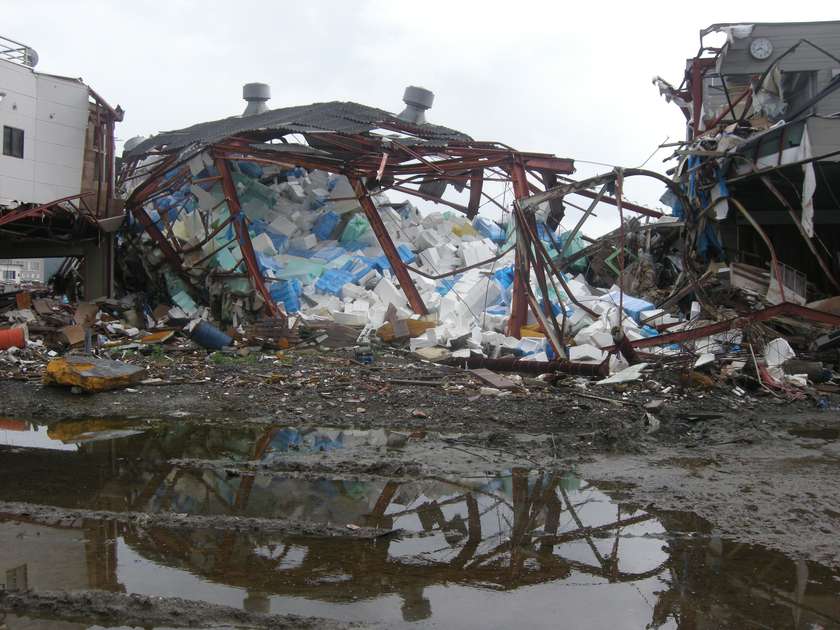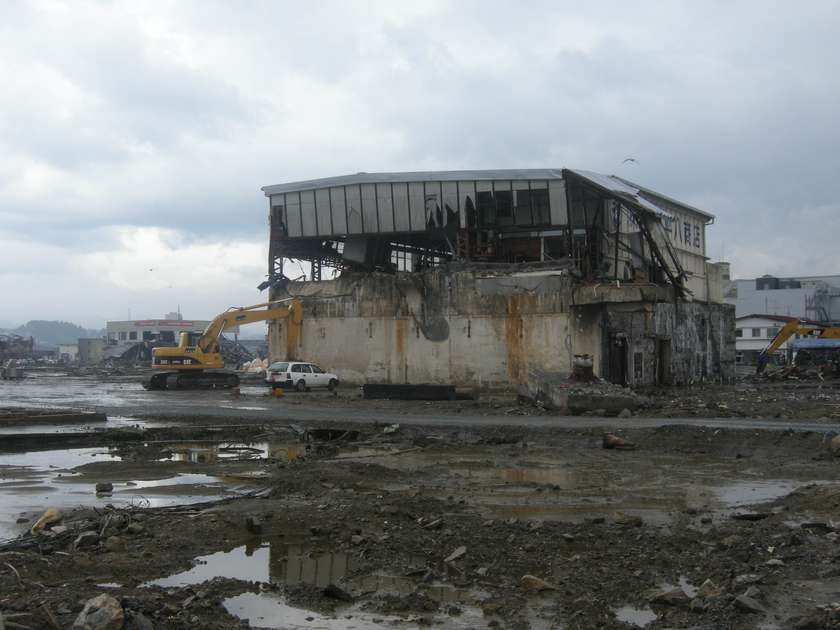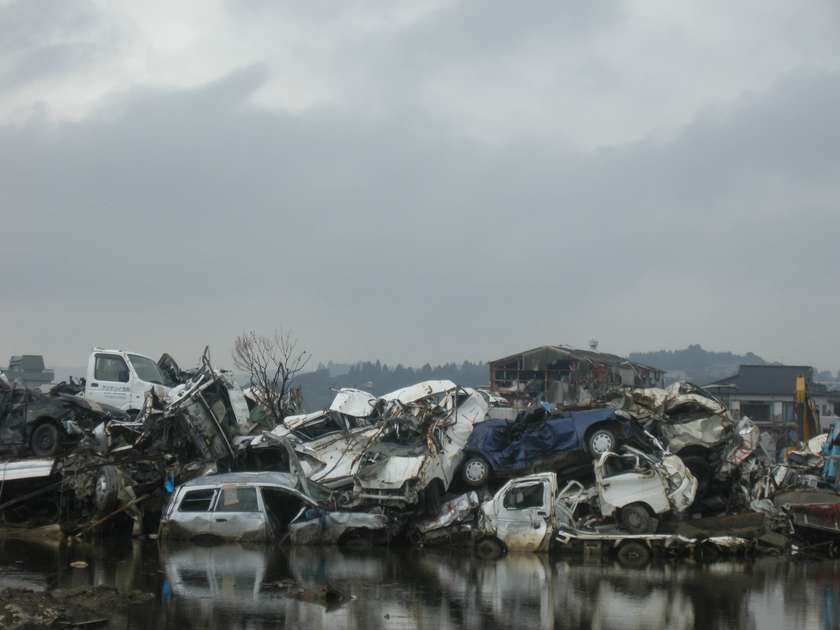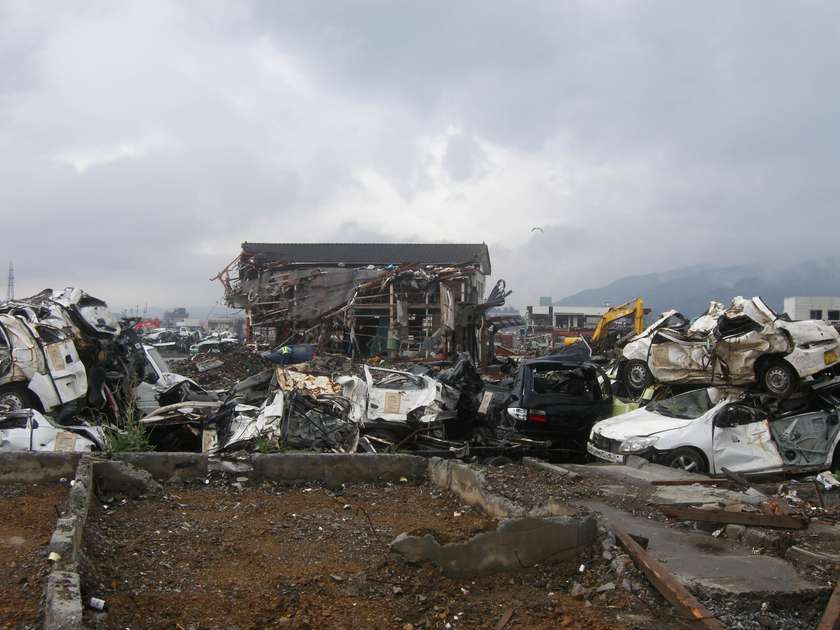Idea by
Atsuhide Ito
Call for ideas 2017
The Atomic Museum
The Atomic Museum
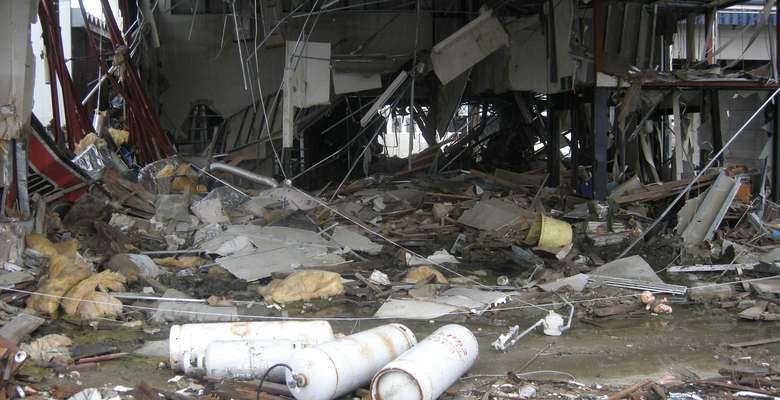
When thinking about the cave as architecture and consequently re-imagining architecture from the cave dweller's point of view, the structures build on the ground can no longer be perceived as normative of architecture. The cavernous structures including nuclear depositories are indifferent to the alternate rhythm of solar rays and the darkness of the night and they are architected to last beyond the human time scale. Registering this shift from monumental time to anthropocenic time architecture needs to be re-thought in the context of the nuclear anthropocene.
Against this backdrop, atomic museums require a re-configuration in regards to their roles, their physical structures and their future, needing to exceed their function to naturalize military interests of a nation-state or to document nuclear catastrophes to disseminate cautionary tales. They need to address the morphed conception of time in geo-architecture.
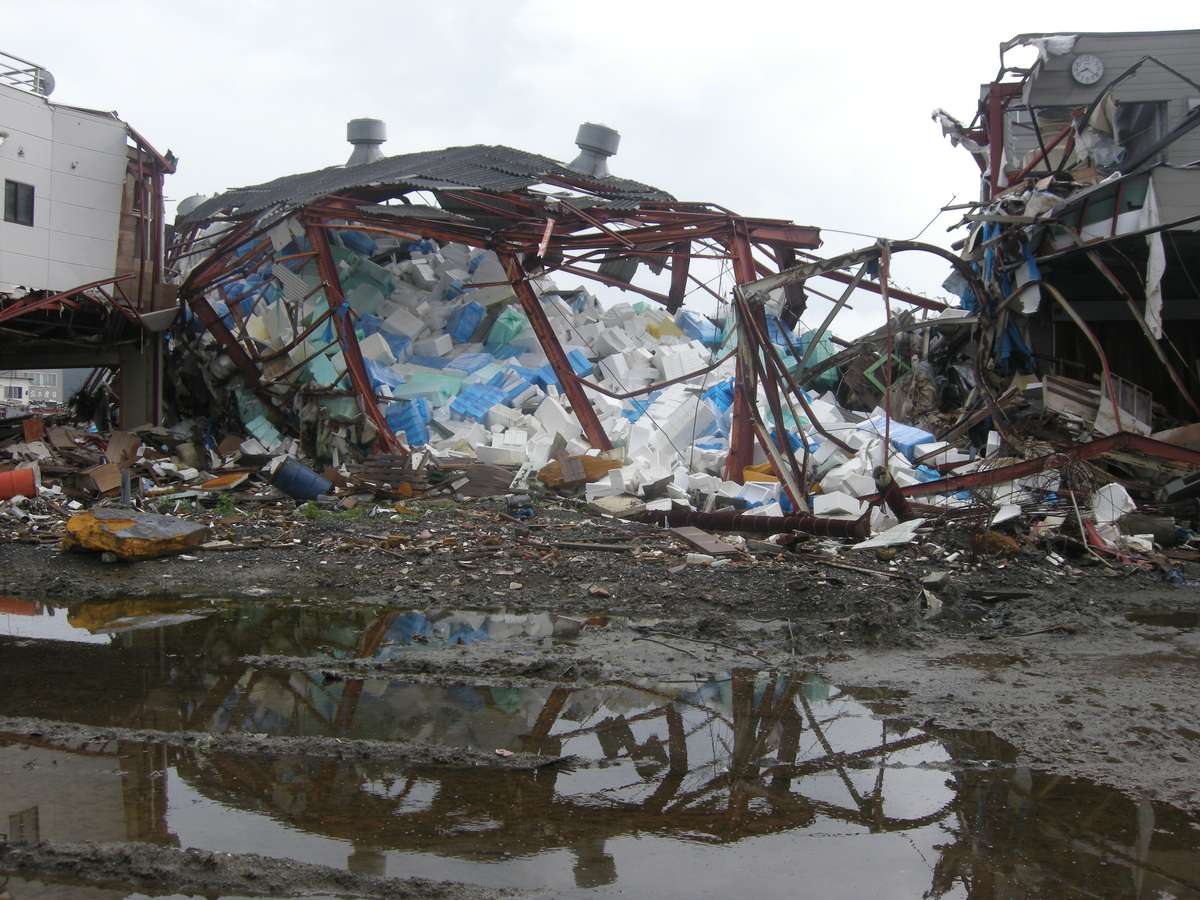
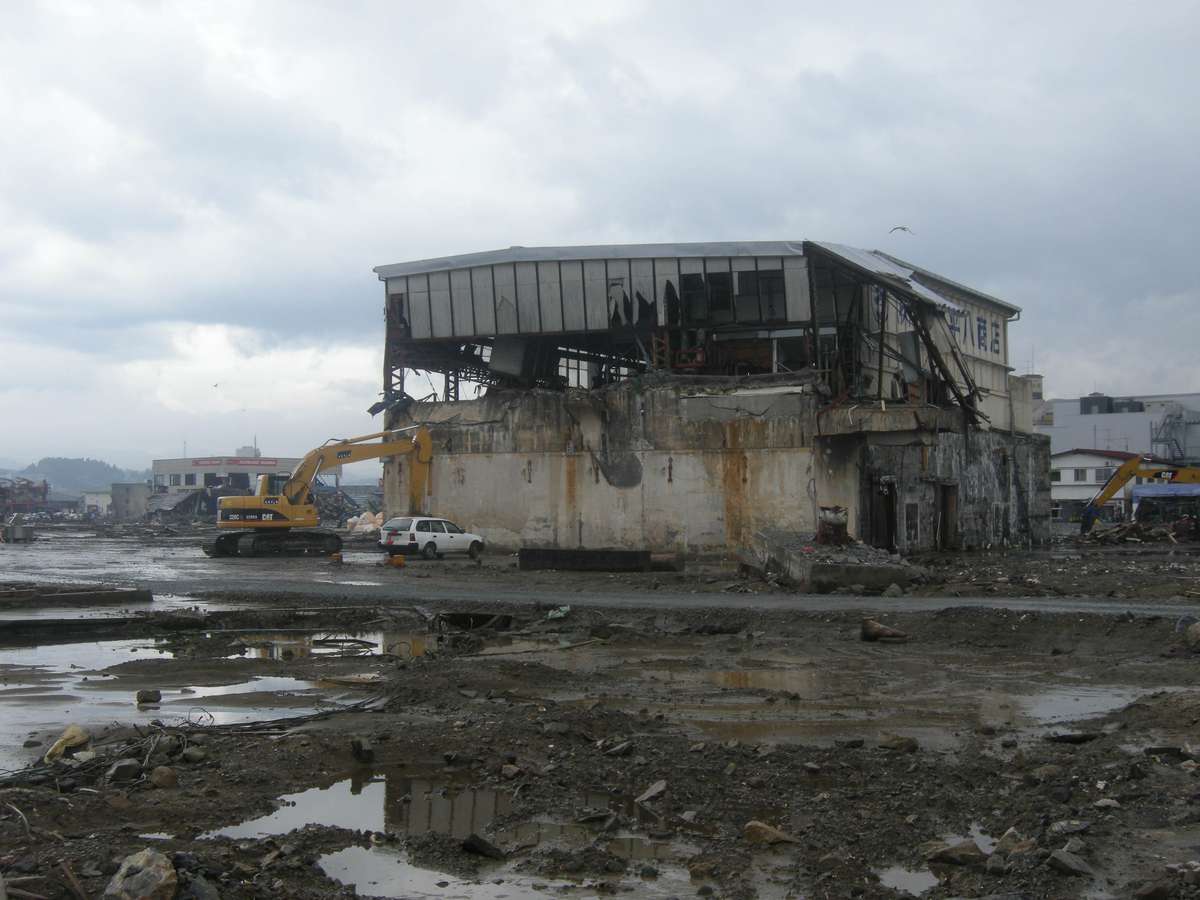
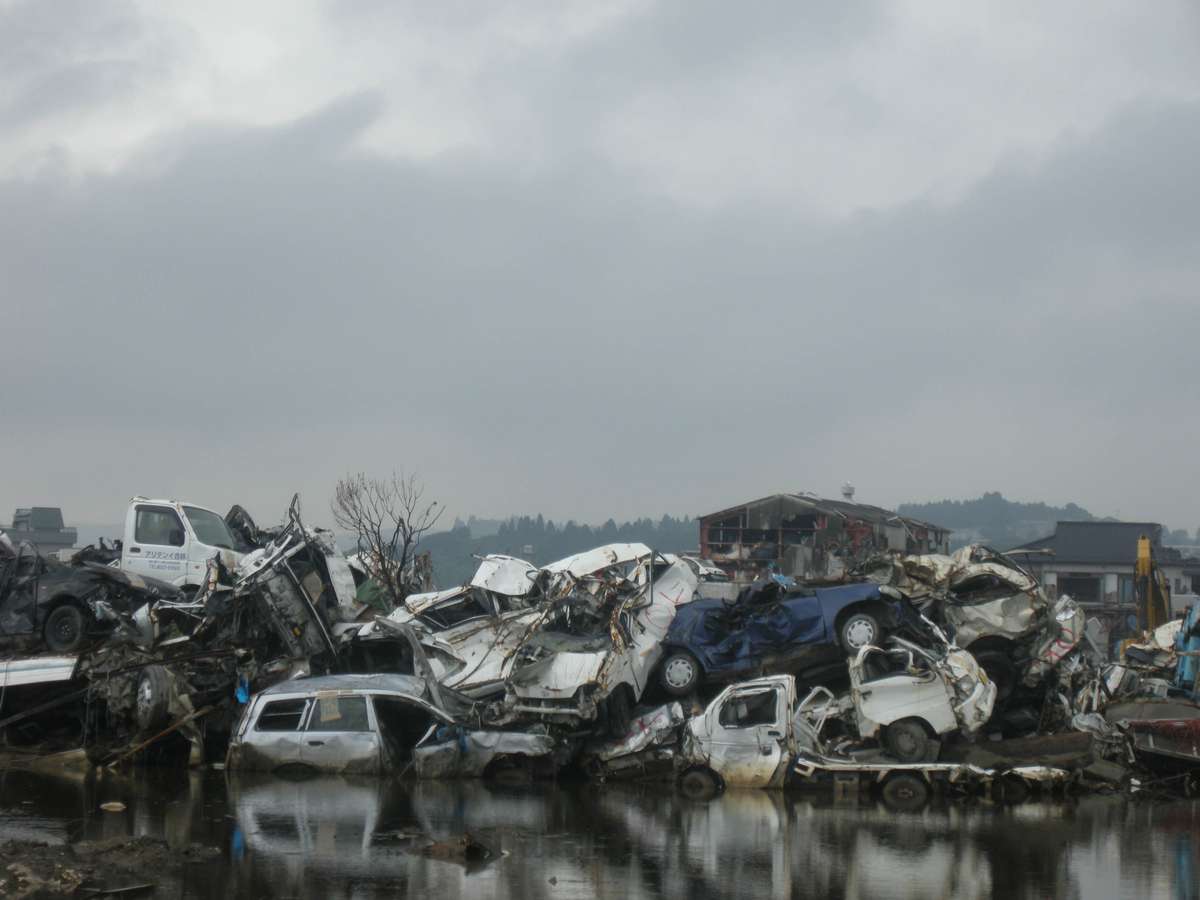
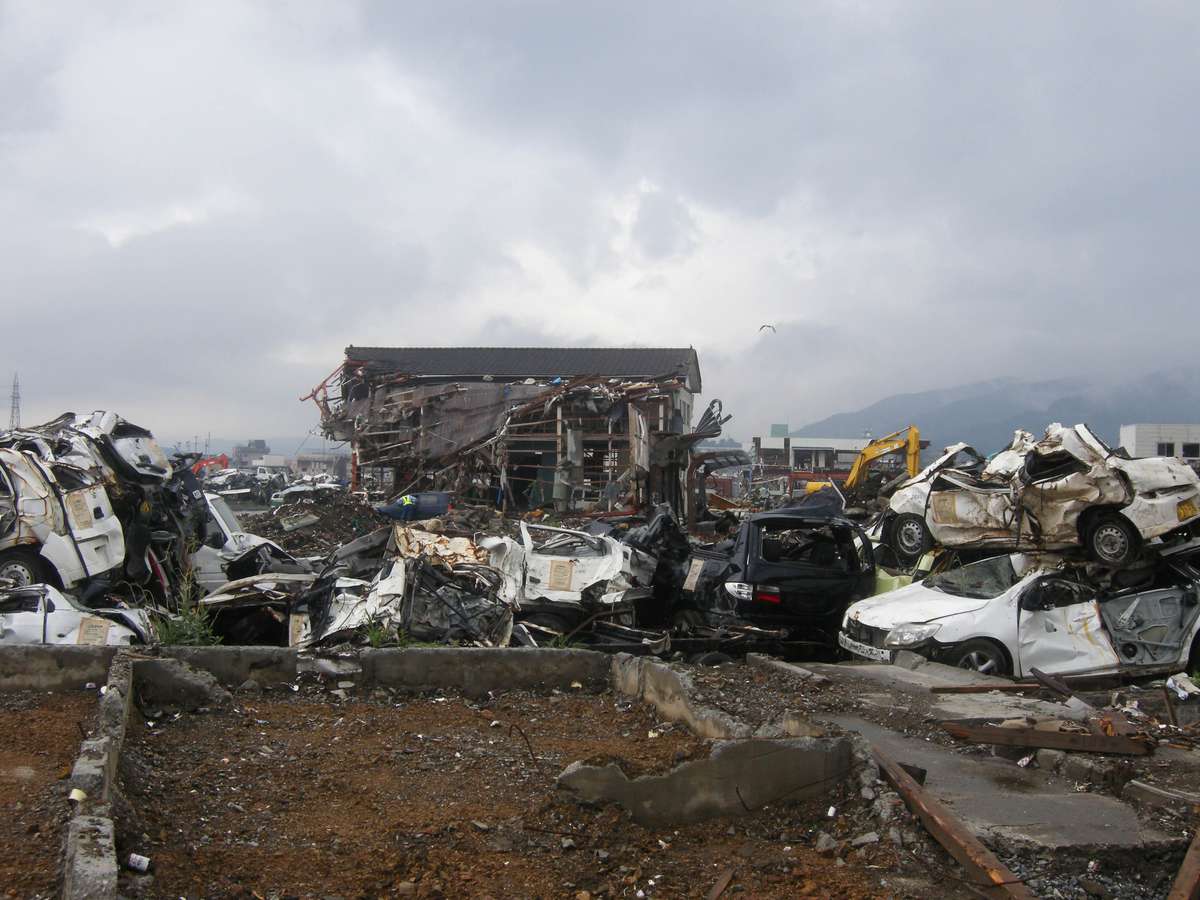
The Atomic Museum
The Atomic Museum

When thinking about the cave as architecture and consequently re-imagining architecture from the cave dweller's point of view, the structures build on the ground can no longer be perceived as normative of architecture. The cavernous structures including nuclear depositories are indifferent to the alternate rhythm of solar rays and the darkness of the night and they are architected to last beyond the human time scale. Registering this shift from monumental time to anthropocenic time architecture needs to be re-thought in the context of the nuclear anthropocene.
Against this backdrop, atomic museums require a re-configuration in regards to their roles, their physical structures and their future, needing to exceed their function to naturalize military interests of a nation-state or to document nuclear catastrophes to disseminate cautionary tales. They need to address the morphed conception of time in geo-architecture.
